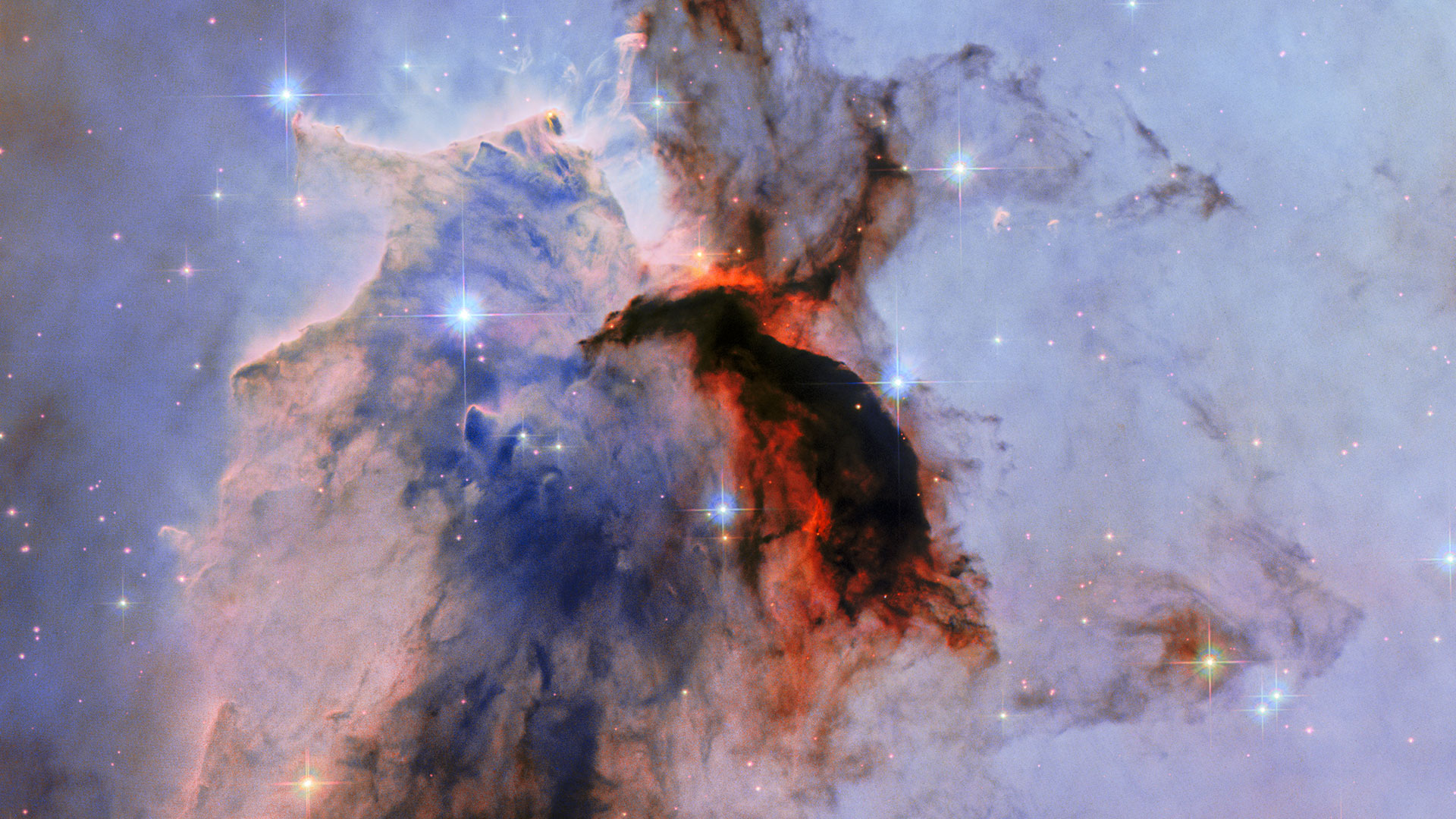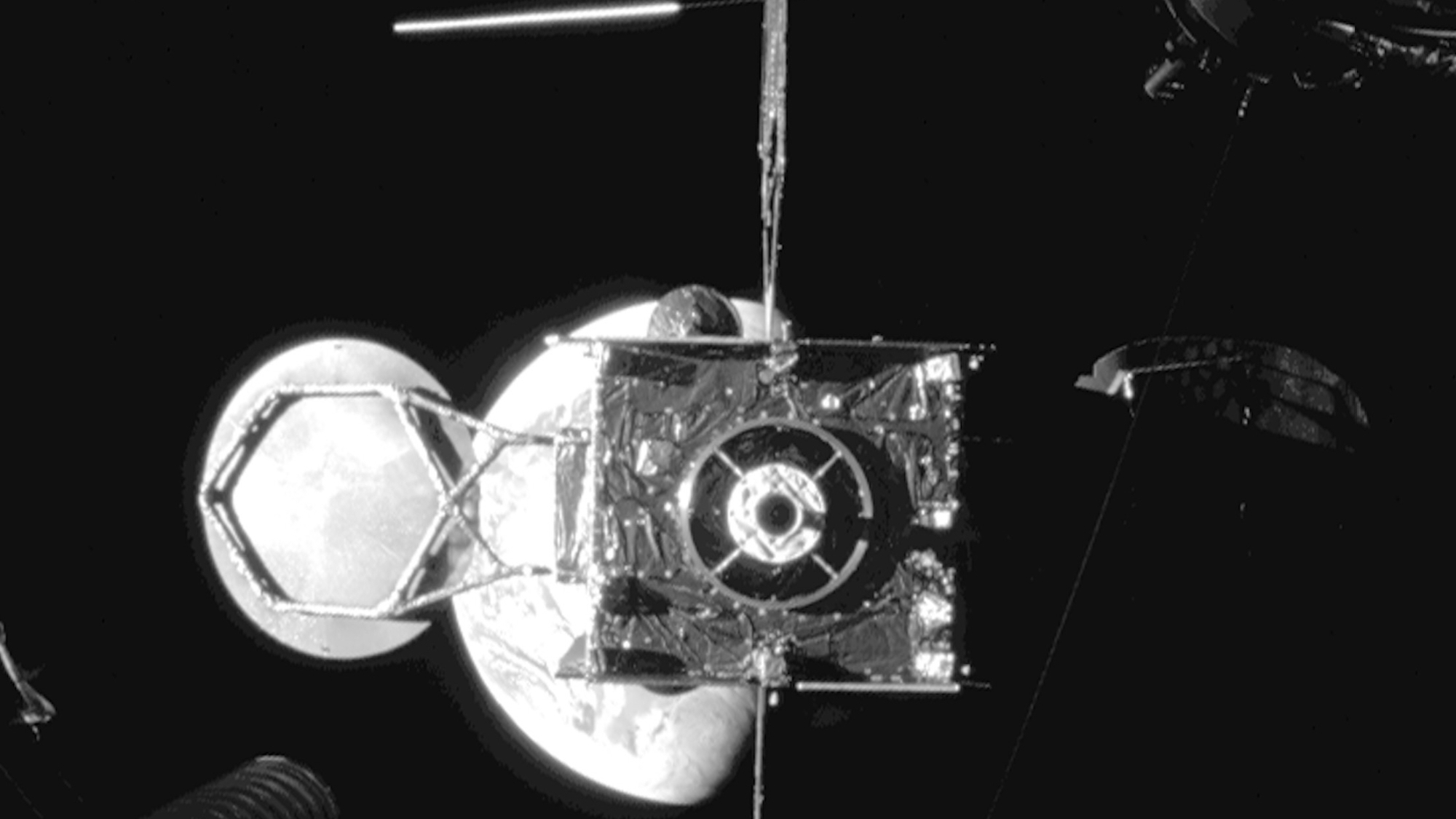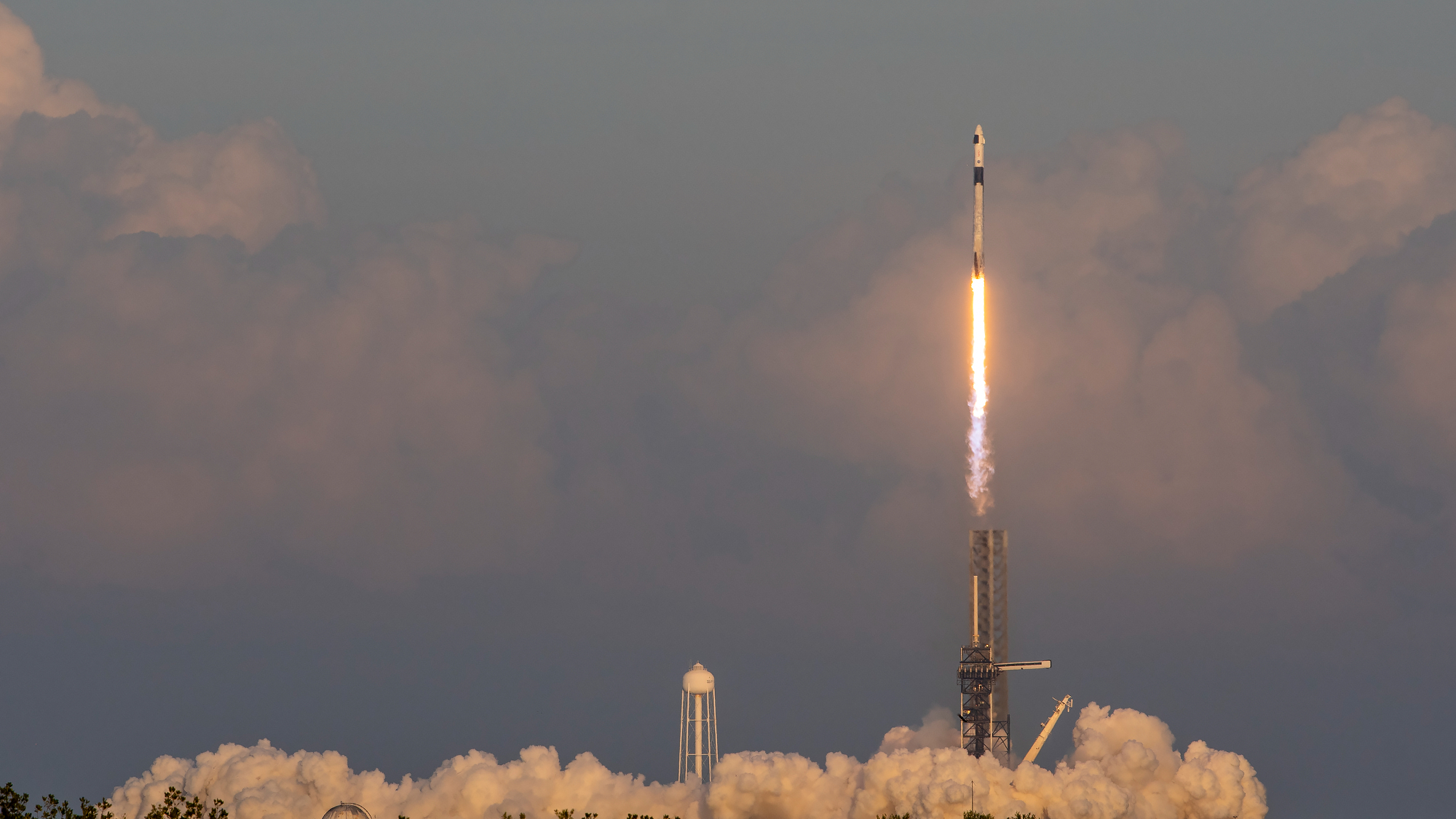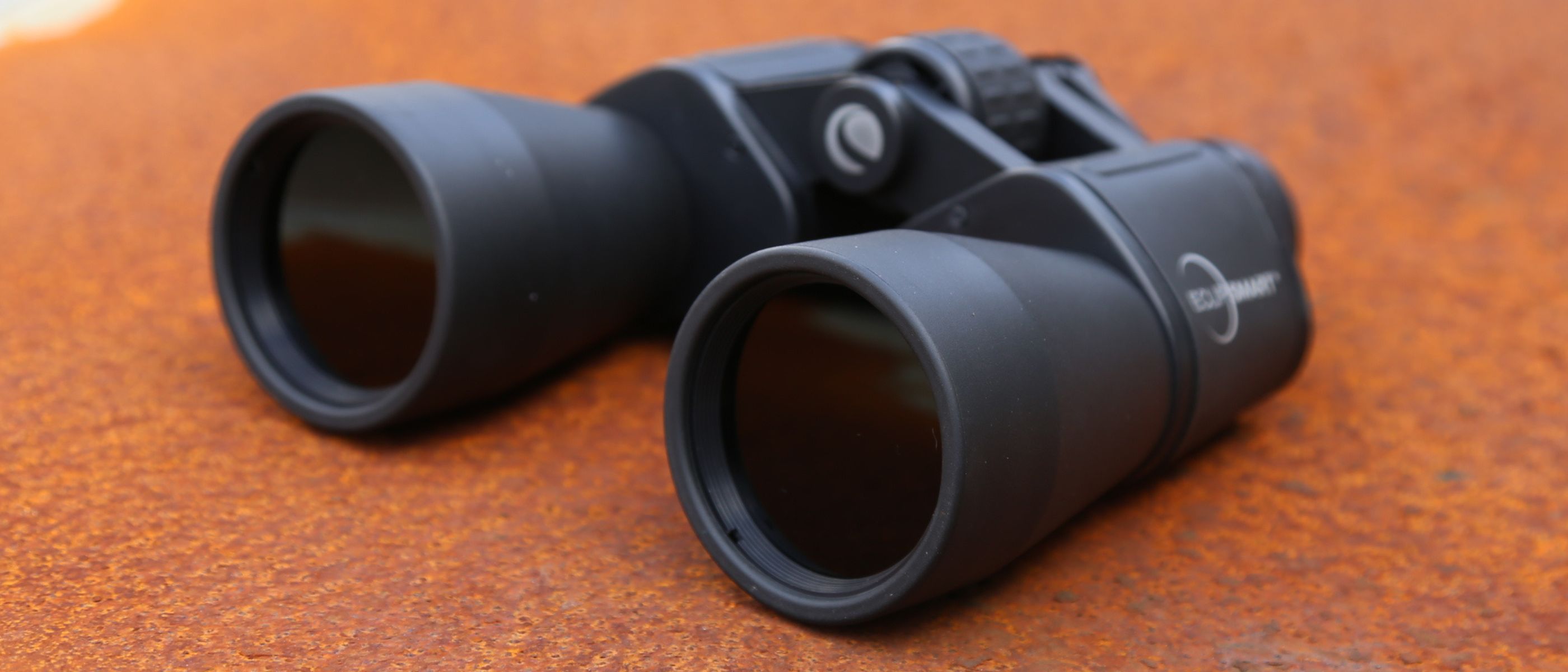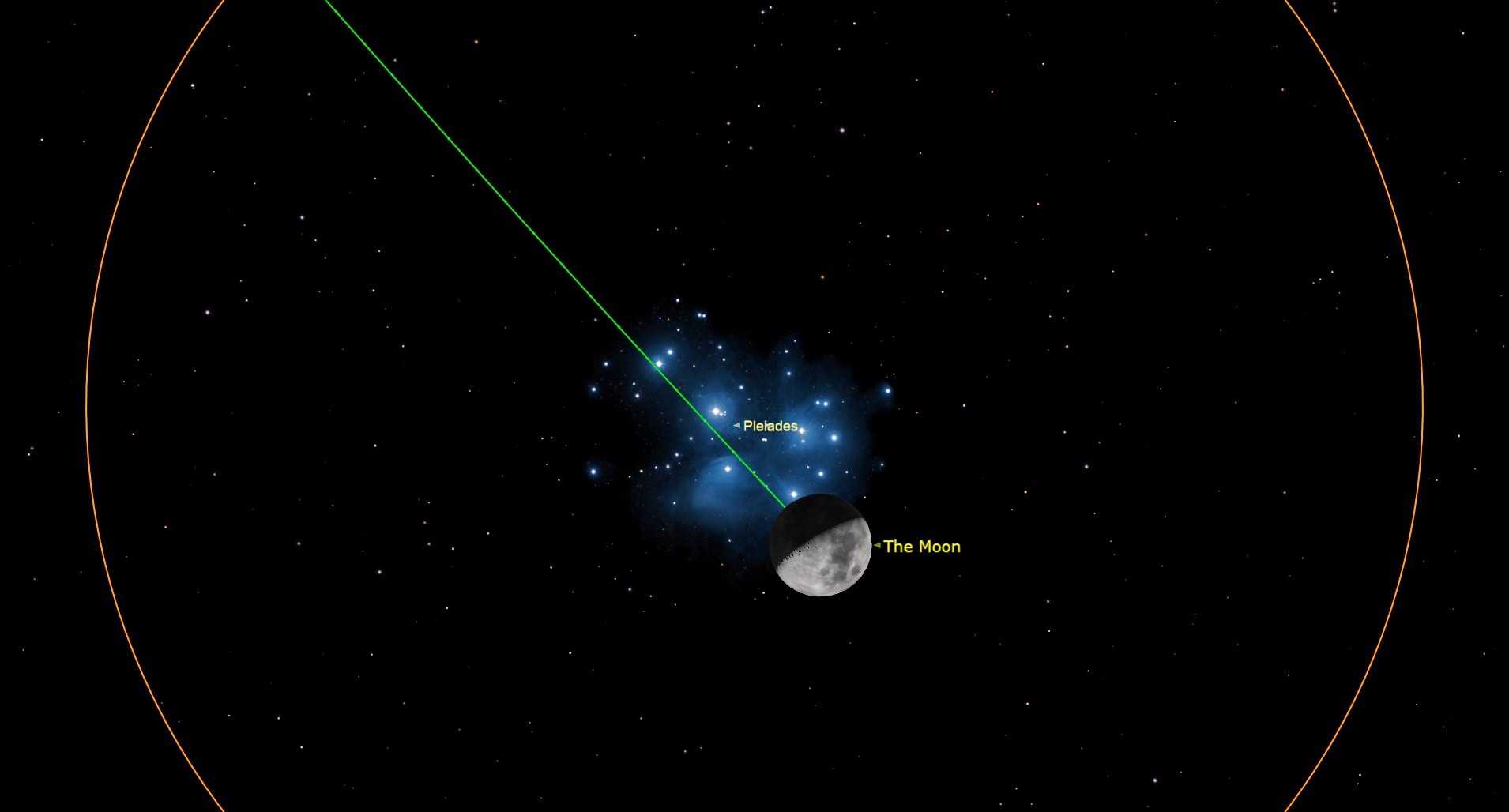
During the overnight hours of Feb. 5-6, the moon will pass through the famous Pleiades star cluster while one day past its half-lit first quarter phase. This will actually be the third time in the past four months that the moon has interacted with this famous star pattern in what is known as an occultation.
As was noted here at Space.com last month, we are currently at the start of a series of occultations involving the Pleiades that will occur on a monthly basis right through the year 2029. Each occultation favors different parts of our globe, with much of North America having been favored on Nov. 16, 2024 and most recently again on Jan. 9.
For this upcoming event, the central and western sections of the U.S. and Canada are most favored, since the moon will be crossing in front of this beautiful open star cluster – popularly known as the "Seven Sisters" – as they are descending toward their setting in the west-northwest sky.
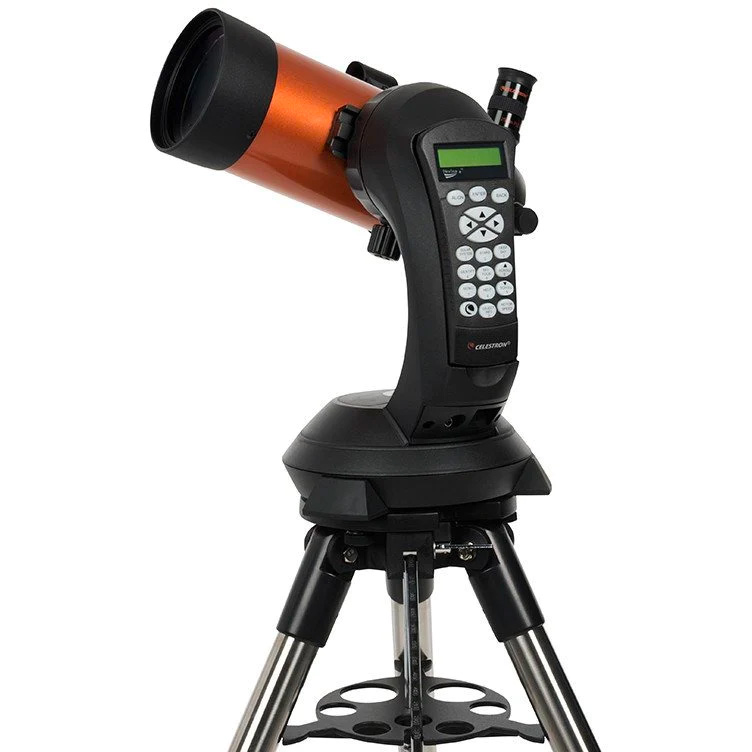
Want to see the moon or star clusters like the Pleiades in the night sky? The Celestron NexStar 4SE is ideal for beginners wanting quality, reliable and quick views of celestial objects. For a more in-depth look at our Celestron NexStar 4SE review.
Near and along the Atlantic Seaboard of the U.S. and Canada, the moon and Pleiades will have set before the occultation can get underway. Most easterners with the help of binoculars can watch during Wednesday evening as the moon gradually creeps toward the Pleiades at the rate of its own diameter per hour, but never quite reaching the cluster before it sets beyond the horizon.
The disappearance of the Pleiad star known as Electra (17 Tauri), will be visible as far east as the Ohio and Tennessee River Valleys before the moon sets, but it will appear exceedingly low in the sky. From Cleveland, the star disappears at 2:21 a.m. EST, but at an altitude of just three degrees. And from Knoxville, Electra vanishes at 2:23 a.m. EST, but with the moon a scant one degree above the horizon.
In order to see the rest of the star cluster become eclipsed by the moon, an observer should be located to the west of the Mississippi. The farther west, the better. The best region to observe this occultation is the Pacific Northwest and parts of the northern and central Rockies, where the moon will be seen to pass directly through the cluster, taking about three hours from start to finish.
What to expect
The previous two Pleiades occultations involved a wide gibbous moon, whose bright light made it difficult to discern the fainter stars of the cluster. But this time, the moon will be only 61% illuminated and not quite so dazzling, making this upcoming occultation a bit easier to see and enjoy.
Get the Space.com Newsletter
Breaking space news, the latest updates on rocket launches, skywatching events and more!
As the moon moves to the east against the star background, occulted stars will dramatically disappear (called "ingress") behind the moon's dark limb. You'll need only a pair of binoculars to see the brighter members of the cluster instantly wink out, though a telescope is preferable for viewing the disappearance of fainter stars.
All reappearances (called "egress") will occur on the moon’s bright limb, where the glare of the sunlit lunar landscape will likely hinder sighting stars even in a telescope.
Need a telescope or binoculars to see the night sky up close? Check out our guides for the best binoculars and the best telescopes to find options that work for you. Be sure to also check out our guides for tips on how to photograph the moon and how to photograph the night sky to help you capture spectacles like this one on camera.
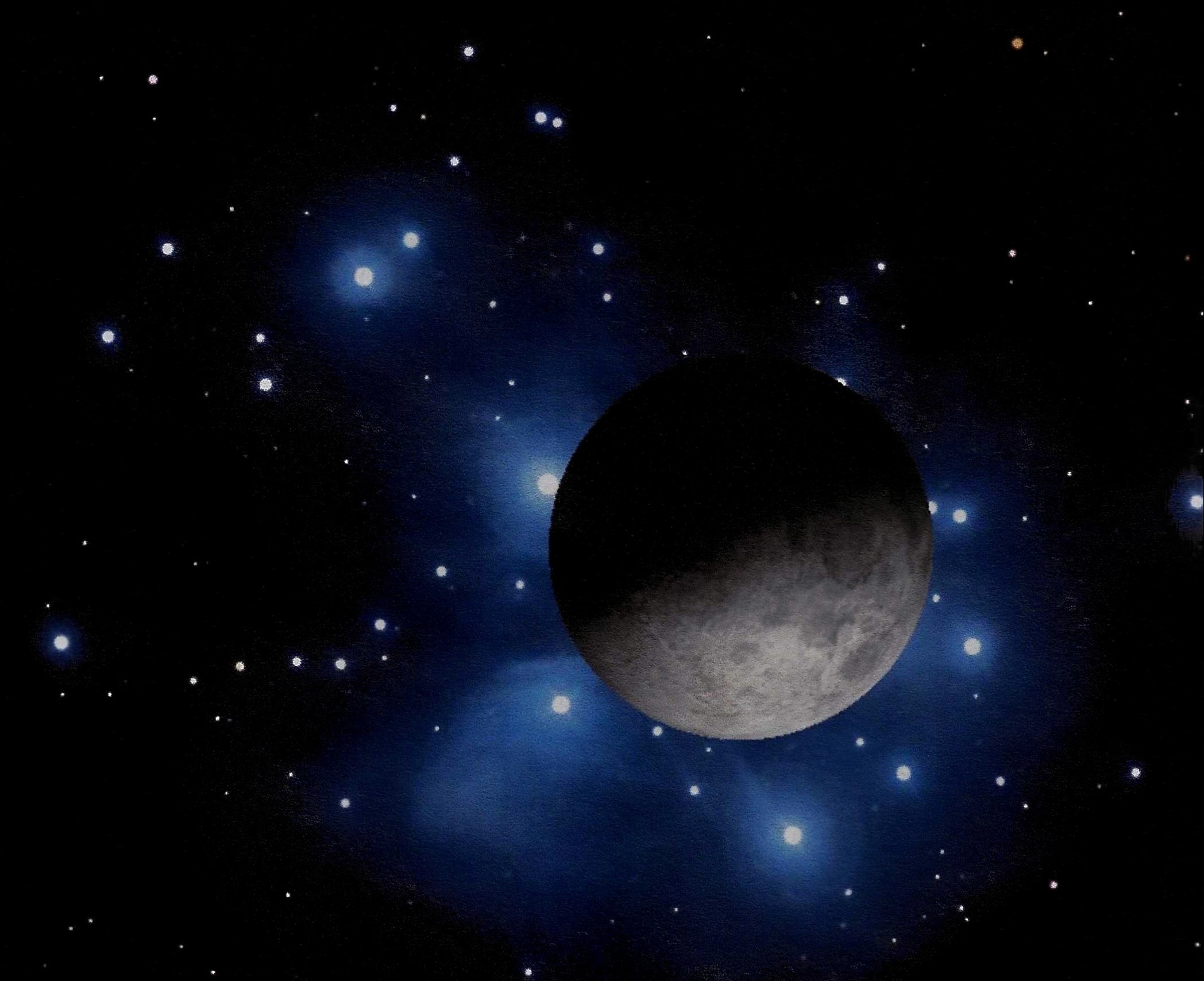
Specific times and zones of visibility
Courtesy of the International Occultation Timers Association (IOTA), webpages are available that provide timetables for hundreds of locations for the four brightest stars in the cluster: Alcyone, Atlas, Electra and Maia.
Each page provides times for the disappearance and reappearance of the star in question. The times are given in Universal Time (UT) which is the same as Greenwich Mean Time (GMT). Since the occultation occurs after midnight UT, the calendar date is Jan. 10. When converting to your local time zone, the times will be before local midnight on the previous date (Jan. 9).
As an example: For the star Electra, as seen from Seattle, Washington, this star will disappear at 7:04:01 UT on Feb. 6. Seattle is in the Pacific Time Zone and is eight hours behind Universal Time. So, for the Emerald City, Electra will disappear at 11:04 p.m. PST on Feb. 5. Electra is predicted to reappear at 8:06:19 UT, which corresponds to 12:06 a.m. PST on Feb. 6.
In addition to the timetable, IOTA provides a world map showing the region where the occultation will be visible. The boundaries are in different colors. The Cyan boundaries show the curves of the occultation disappearance or reappearance at moonrise or moonset. A continuous white line marks the nighttime northern and southern limits of the occultation. A continuous blue line denotes the occultation limits occurring during twilight, while a dotted red line depicts the occultation limits occurring in daylight.
For Alcyone, the occultation takes place over the western U.S., western Canada and Alaska. For Atlas, visibility occurs over the northwestern U.S., western Canada and Alaska. For Electra, much of Alaska and the U.S. and Canada with the exception of near and along the Atlantic coast will see it being covered by the moon, while for Maia, visibility will be confined chiefly to the western U.S.
Of course, many other (fainter) stars will also be occulted during the moon's 2-to-3-hour passage through the cluster.
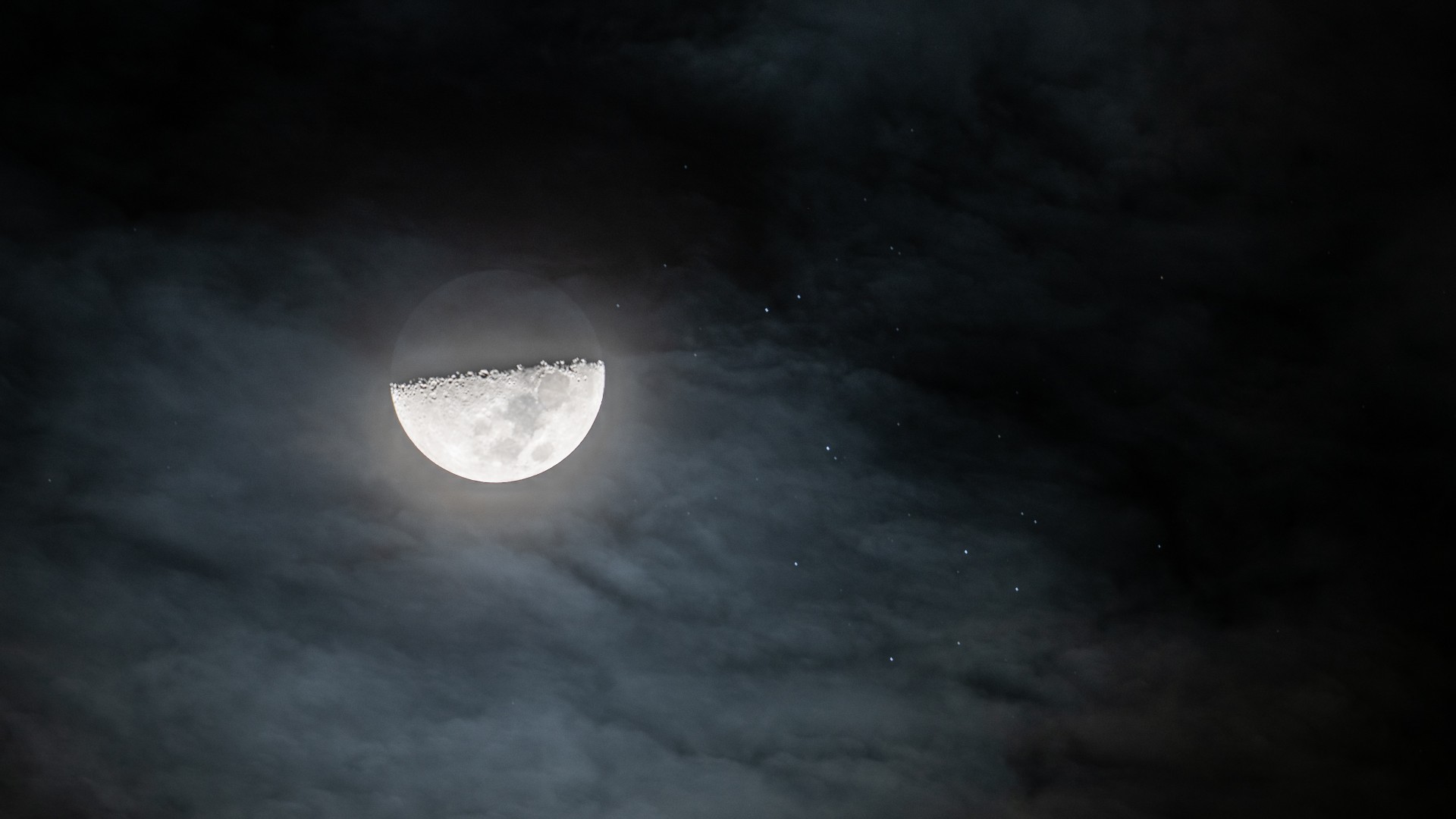
Coming attraction
The next Pleiades occultation that will favor North America will come on the morning of Sunday, July 20 and will involve a slender (23% illuminated) waning crescent moon. Once again, central and western regions will be favored; in the East, bright morning twilight and sunrise will intervene just as the moon begins to cross in front of the star cluster.
Make sure to follow our night sky tonight blog to learn how to see more celestial spectacles like this one.
Joe Rao serves as an instructor and guest lecturer at New York's Hayden Planetarium. He writes about astronomy for Natural History magazine, the Farmers' Almanac and other publications.
Join our Space Forums to keep talking space on the latest missions, night sky and more! And if you have a news tip, correction or comment, let us know at: community@space.com.

Joe Rao is Space.com's skywatching columnist, as well as a veteran meteorologist and eclipse chaser who also serves as an instructor and guest lecturer at New York's Hayden Planetarium. He writes about astronomy for Natural History magazine, Sky & Telescope and other publications. Joe is an 8-time Emmy-nominated meteorologist who served the Putnam Valley region of New York for over 21 years. You can find him on Twitter and YouTube tracking lunar and solar eclipses, meteor showers and more. To find out Joe's latest project, visit him on Twitter.
-
Big Sur Ridgewalker Hi,Reply
It looks like you cut-and-pasted - the info in the 11th (?) paragraph has the wrong dates:
"Since the occultation occurs after midnight UT, the calendar date is Jan. 10. When converting to your local time zone, the times will be before local midnight on the previous date (Jan. 9)."

